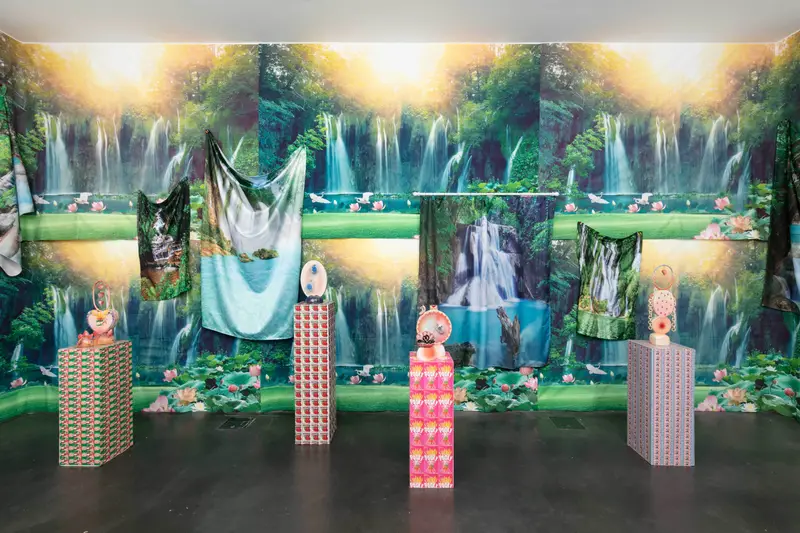Breakthroughs Mobile Tour Guide
January 17, 2023 — August 20, 2025
Breakthroughs Mobile Tour Guide
January 17, 2023 — August 20, 2025
Welcome to Level 1 of the Breakthroughs exhibition Mobile Tour Guide! On this page you’ll find audio content from exhibiting artists Marsha Mack, Suchitra Mattai, and Tony Ortega. In their work, these artists explore personal histories relating to their cultural backgrounds through found materials, and creative imagery.
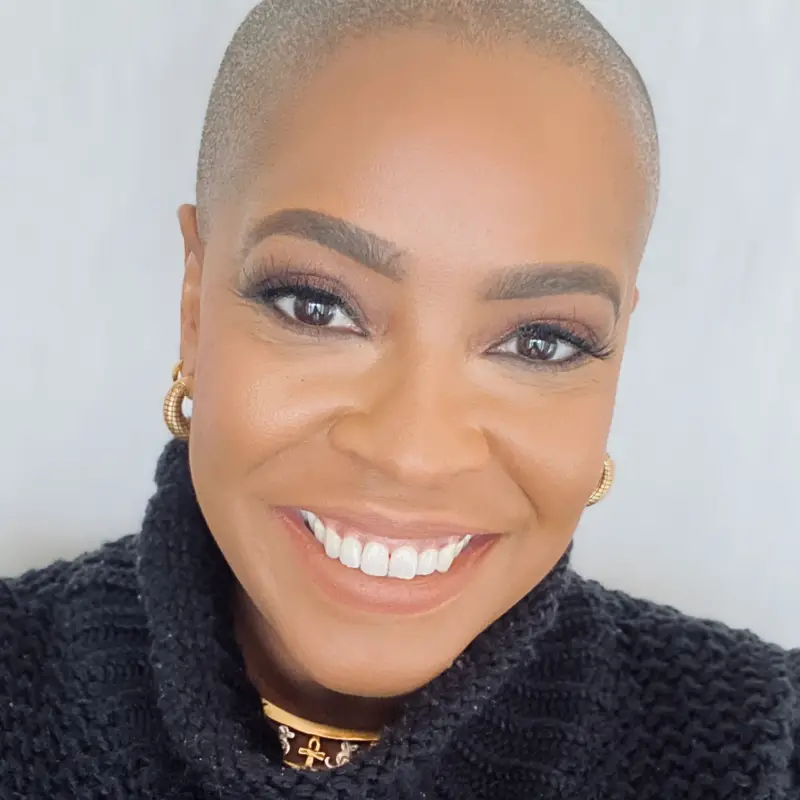
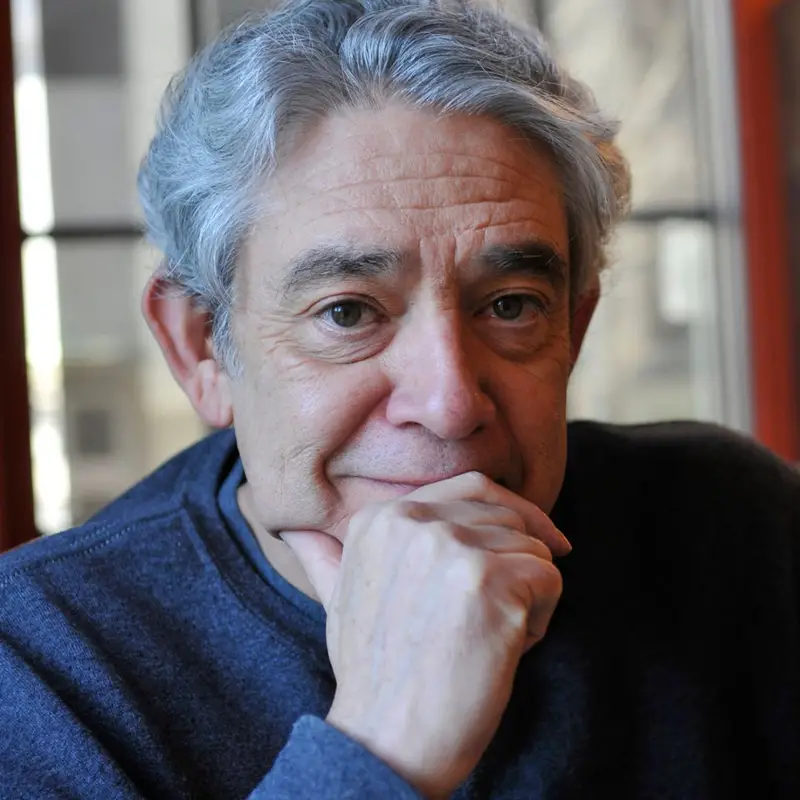
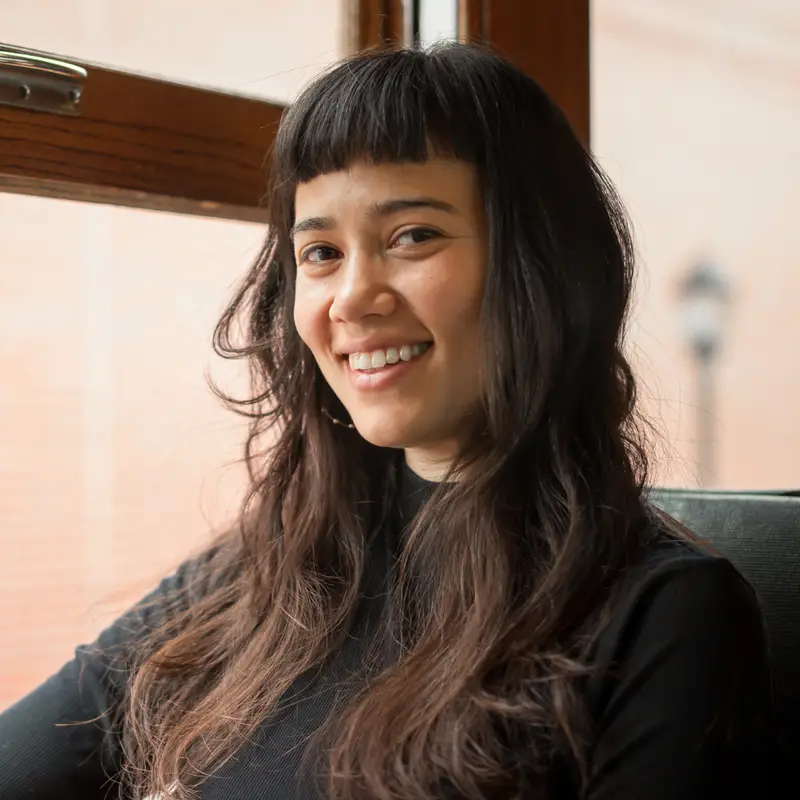
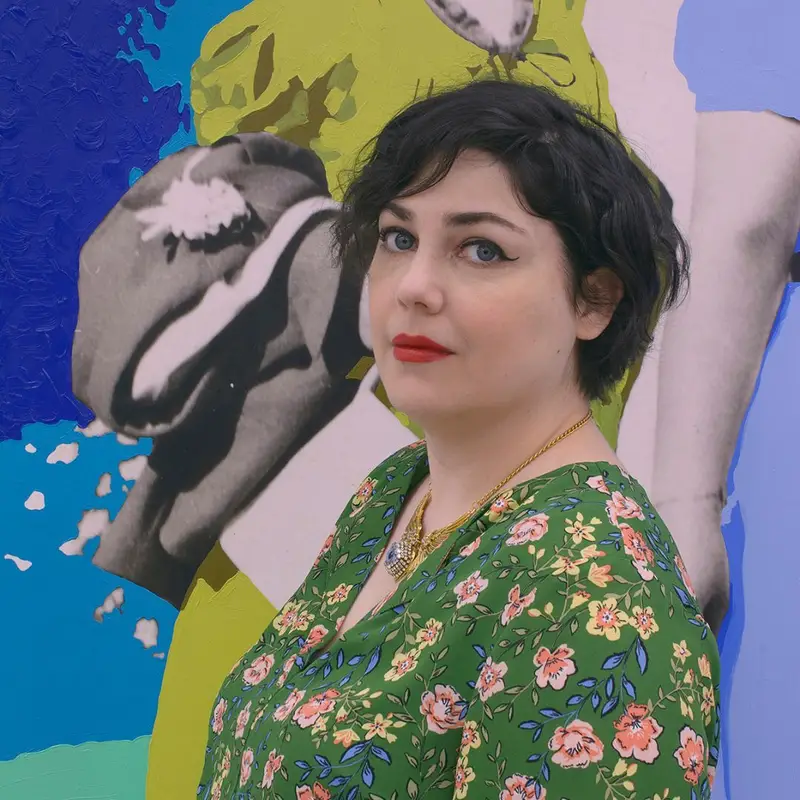
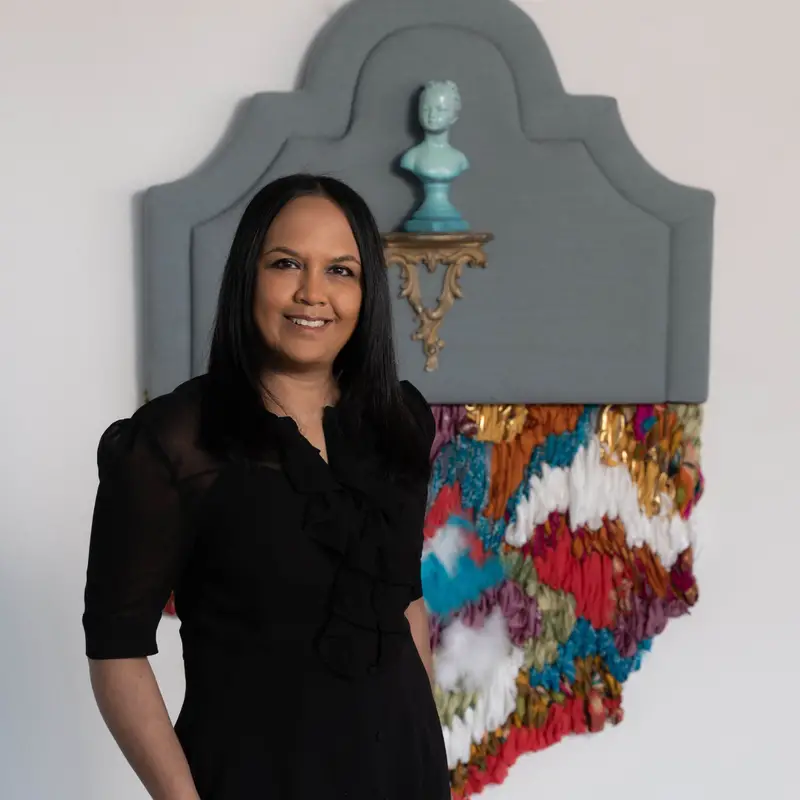

Artists featured on level 1
Tya Anthony
tyaanthony.com
@tyaanthony
Tony Ortega
tonyortega.net
@tortegaartist
Marsha Mack
marshamack.com
@yaymarshamack
Daisy Patton
daisypatton.com
@daisy_patton
Suchitra Mattai
suchitramattaiart.com
@suchitramattaiart
Rebecca Vaughan
rebeccavaughan.com
@rebeccavaughanart
Jump to:
Tya Anthony Abstraction Series | Breakthroughs | Art in a Flash
Paying Homage to Women in Mexican History with Tony Ortega | In The Studio
